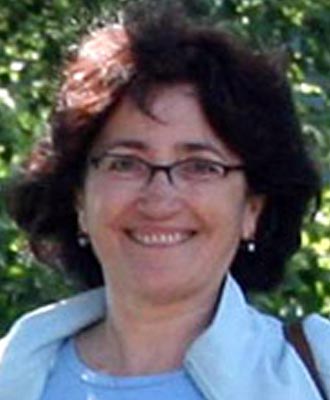Abstract
For heavy oil projects, density and Vp/Vs ratio are very good lithology and fluid discriminators. For this talk I have two objectives: the first one is to predict a Vp/Vs ratio volume based on neural network analysis and the second one is to integrate the Vp/Vs ratio with density and edge detector attributes in an attempt to better differentiate between sand and shale within the oil sand reservoir.
Neural network estimation of reservoir properties has proven effective in significantly improving accuracy and vertical resolution in the interpretation of the reservoir. The strength of a neural network analysis is the ability to determine a nonlinear relationship between logs and several seismic attributes.
The focus of this study is the southern portion of the Long Lake lease located approximately 40 km southeast of Fort McMurray, Alberta, Canada. The lease area is roughly 25,000 hectares and contains over 8 billion barrels of bitumen in place.
I will present a case study for improving the resolution of a Vp/Vs ratio volume, obtained from deterministic inversion, by using neural network analysis. The derived neural network results show strong correlation with the target logs, both at training locations and for the rest of the wells. By integrating Vp/Vs ratio with density and edge detector attributes we characterized and mapped reservoir heterogeneities such as the extent of bitumen sand, gas saturated zones and muddy intervals impacting the SAGD (Steam Assisted Gravity Drainage) operation.
Biography
Carmen Dumitrescu is the Manager of Reservoir Geophysics at Sensor Geophysical a service company in Calgary, Alberta. Carmen has B.Sc. and M.Sc degrees in Geology and Geophysics from the University of Bucharest, Romania and is a PhD Candidate at the Department of Geoscience, University of Calgary.
She started her career with Seismic Exploration Company in Bucharest, Romania as an exploration geophysicist. She then worked for Geological Survey of Romania as research geophysicist involved in modeling and inversion of geomagnetic and electromagnetic induction data. Between 1991 and 1995 she received several Research Fellowships at Department of Geology and Geophysics, University of Edinburgh, UK and at Laboratoire de Geophysique d'Orleans at the Institute Geophysique de Physique du Globe, France.
In 1997 she was employed by VeritasDGC Inc. as a processor for land and marine data for a year and then as a geophysicist within Exploration Services. Carmen joined Sensor Geophysical Ltd. in 2003 and was involved in a variety of projects to calculate reservoir properties from 2D and 3D seismic data in clastics, carbonates and heavy oil integrating wells, PP and PS seismic data. Her area of expertise includes amplitude variations with offset (AVO), seismic inversion and seismic attribute analysis. She has presented papers at the CSEG, EAGE and SEG Annual Meetings and published in Geophysical Prospecting and First break.
She is a member of CSEG, SEG, AAPG, CSPG, EAGE and a Professional Geophysicist (P.Geoph.) with APEGGA.





